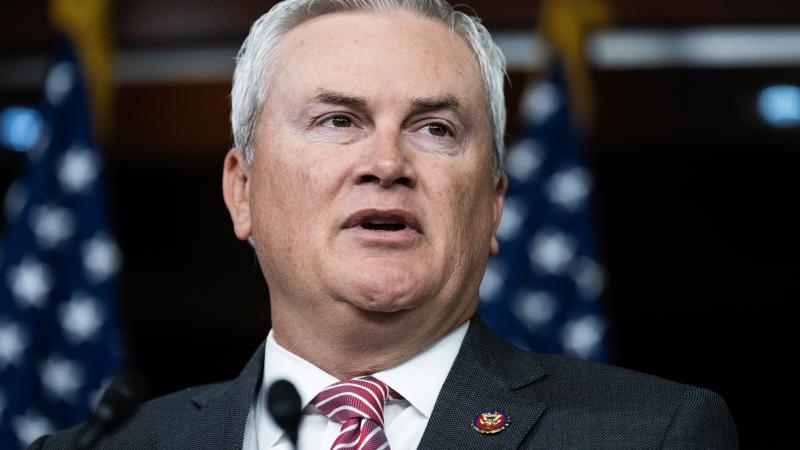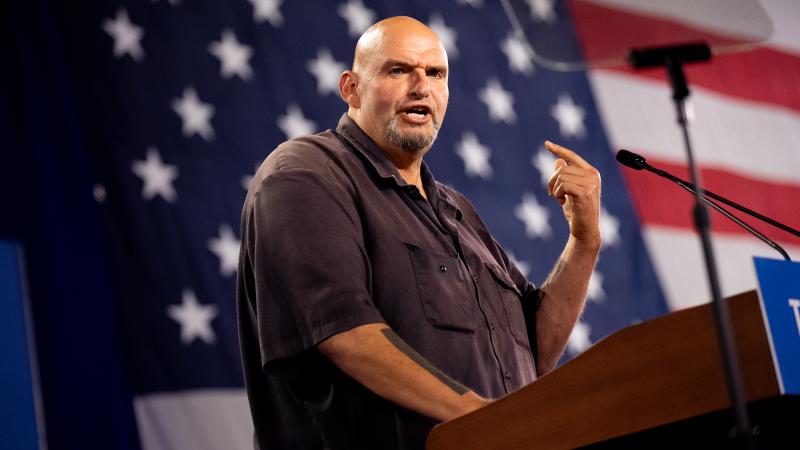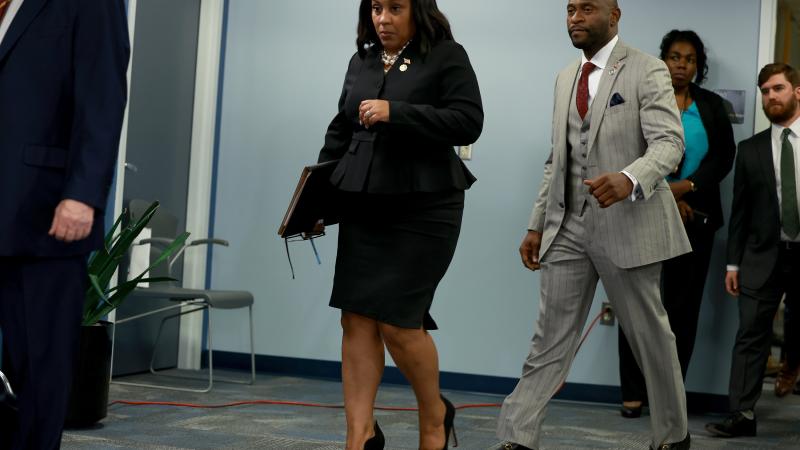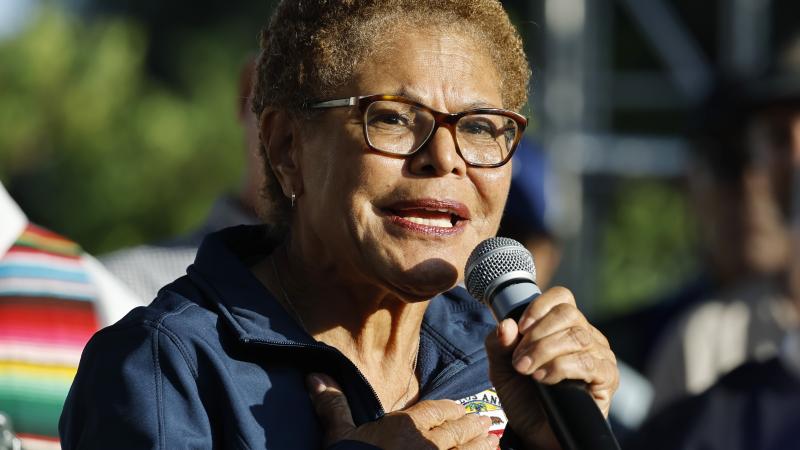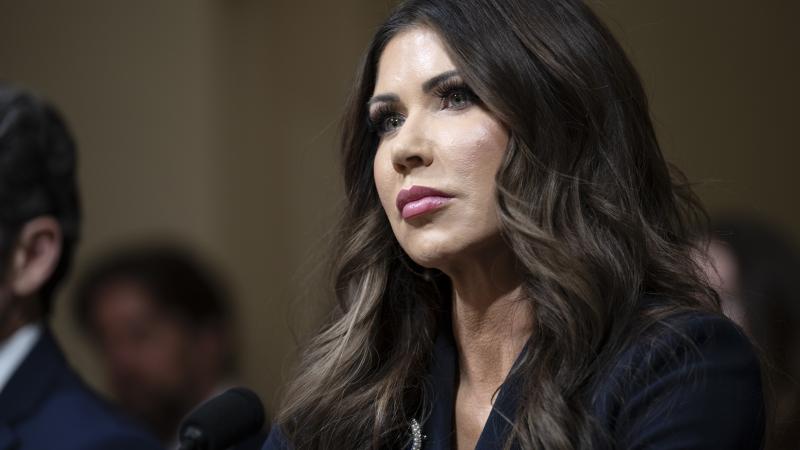Conservation group takes issue with Wisconsin’s wolf plan
Wisconsin’s wolf management plan has been years in the making and is still not finished.
A conservation group says a Wisconsin Department of Natural Resource plan to manage the state’s wolf population ignores input from thousands living with the consequences of an out-of-control population.
Luke Hilgemann, executive director of the International Order of T. Roosevelt, said wolves have recovered in the state and continue to create issues with wildlife and livestock.
“The fact is wolves have completely recovered in Wisconsin and these apex predators unless responsibly managed will continue to wreak havoc on our wildlife populations, our livestock, and our outdoor lifestyle,” Hilgemann said. “Madison Bureaucrats designed this plan without any new science to base their population goals on and the latest plan from the DNR ignores the input from thousands of Wisconsinites who are living with the consequences of an out of control wolf population.”
There isn’t a specific number in the Wisconsin Department of Natural Resources’ latest wolf management plan, and that may raise some concerns.
“We’re trying to determine the right number of wolves,” DNR’s Randy Johhnson said. “What I mean by that is, you’re trying to find the balance between the biological care and capacity, and the social care and capacity.”
Wisconsin’s wolf management plan has been years in the making and is still not finished.
Lawmakers, farmers, hunters, environmentalists and the federal court have all contributed to the latest proposal.
The population range proposal sets a goal of between 800 and 999 wolves in the state. If wolf numbers fall below 800, the DNR says more protections may be needed.
If the wolf numbers top 1,000, DNR said hunting and trapping could be considered. If Wisconsin’s wolf population tops 1,200, the state would order a hunting and trapping season.
Johnson, however, said the population ranges are guidance only, and not a mandate.
Sen. Rob Stafsholt, R-New Richmon, and Rep. Chanz Green, R-Grandview, introduced legislation that would require DNR to name a specific wolf population number.
Wisconsin’s previous wolf population number was 350 and that helped re-open wolf hunting in 2021.
Hunters and trappers took 216 wolves in three days during 2021’s short hunting season.
Wolf hunting has been banned since, and a federal judge reinstated protections for the wolves in 2022.
Johnson says it may be years before hunters and trappers get a chance to collect wolves in Wisconsin again.
“We may not have a harvest season for a number of years. And who knows where the population will be at that time,” Johnson said. “If [the wolf population] is potentially greater than 1,200, it would help set an initial starting point. Alternatively, if we’re at a level very similar to where we are today, then it frames-up those discussions in a different way.”
The DNR said there are 972 wolves in 288 different packs, according to a count last year.

